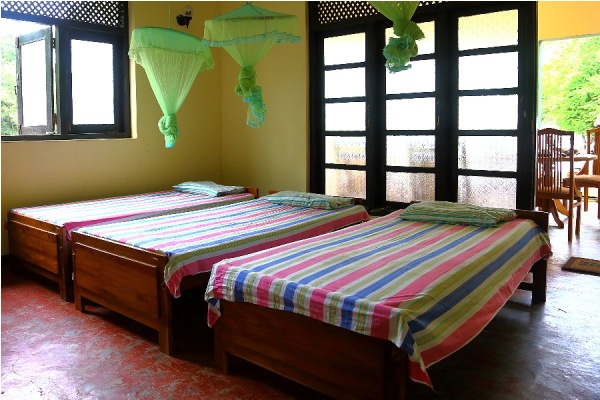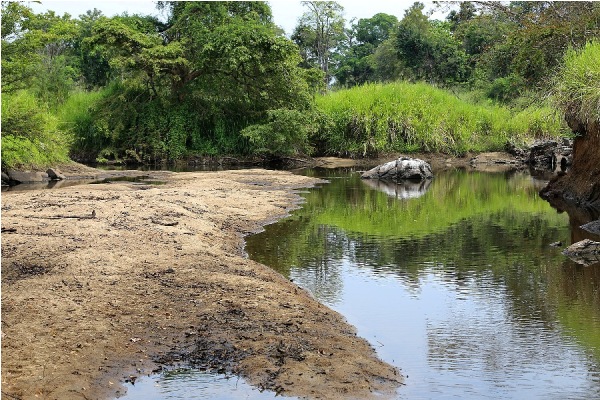
Maduru Oya National Park
 |
|
| INTRODUCTION | The new park is designed to protect the immediate catchments of five reservoirs developed under the Accelerated Mahaweli Development Programme. The park area provided refuge for wildlife. The park lies between the Poloinnaruwa-Batticalo road and Mahiyangana-Padiyathalawa road in the districts of Ampara Buddulla and Polonnaruwa and spans the border between Eastern and Uva provinces. |
| ACCESS | The easiest and most practical route from Colombo is via Kurunegala, Dambulla, Habarana, Polonnaruwa and Manamitiya. It is approximately 265km from Colombo. |
| PHYSICAL CHARACTERRISTICS | Degradation of the pre-Cambrain rock has resulted in the formation of a mature mantle and undulating peneplain, broken by a number of prominent remnants of erosion (rock outcrops and ridges). The topographic feature is the 8km long range of Rocky Mountains in the south west of the park. The area of park is 58,7850ha. The park was extended in the east from its original size of 51,468ha on 16 th September 1985.in order to provided additional habitat for wildlife and to ensure protection of the immediate catchments of the NDK reservoir. Condition are influenced largely by the north-east monsoon, or Maha which lasts from October to late January. Mean annual rainfall is 1,650mm. Annual evapotranspiration rates normally exceed precipitations levels and mean annual temperature is about 27°C. |
| VEGITATION | The park is located entirely within Sri Lanka’s dry zone, although its southern edge borders on the intermediate zone. The climax community of the area is tropical dru ,oxed evergreen forest. The rare and endemic tree vatica obscura, the only species of the Dipterocapaceae to occur in the dry zone, is found in restricted location on the banks of the Madury Oya and Gallodai Aru. |
| FAUNA | The park is an important for its rich wildlife which includes a variety of endemic species. Threatened species of mammals, reptiles and fishes are common in the park. |
| Enderatamulla Bungalow | |||
 |
 |
 |
|
| Kadupahara Ella | |||
 |
 |
 |
|
| Camp site | |||
 |
 |
 |
|
Copyright© 2013 Department of Widlife Conservation in Sri Lanka



